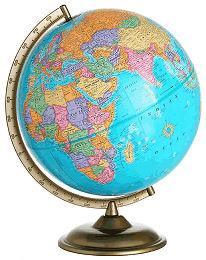 | IHateTaxis.com Arrive Stress-Free™ | An International Travelers' Ground Transportation Guide
|
|
| ||
Destination Search
 Country Travel Profile PagesWe have assembled some useful information on your destination country to help make the transition and culture shock a little easier.
|


Home | About | Advertising | Jobs | Privacy Policy | Disclaimer | Contact Us | IHT on FaceBook | IHT on Twitter | IHT on Pinterest

